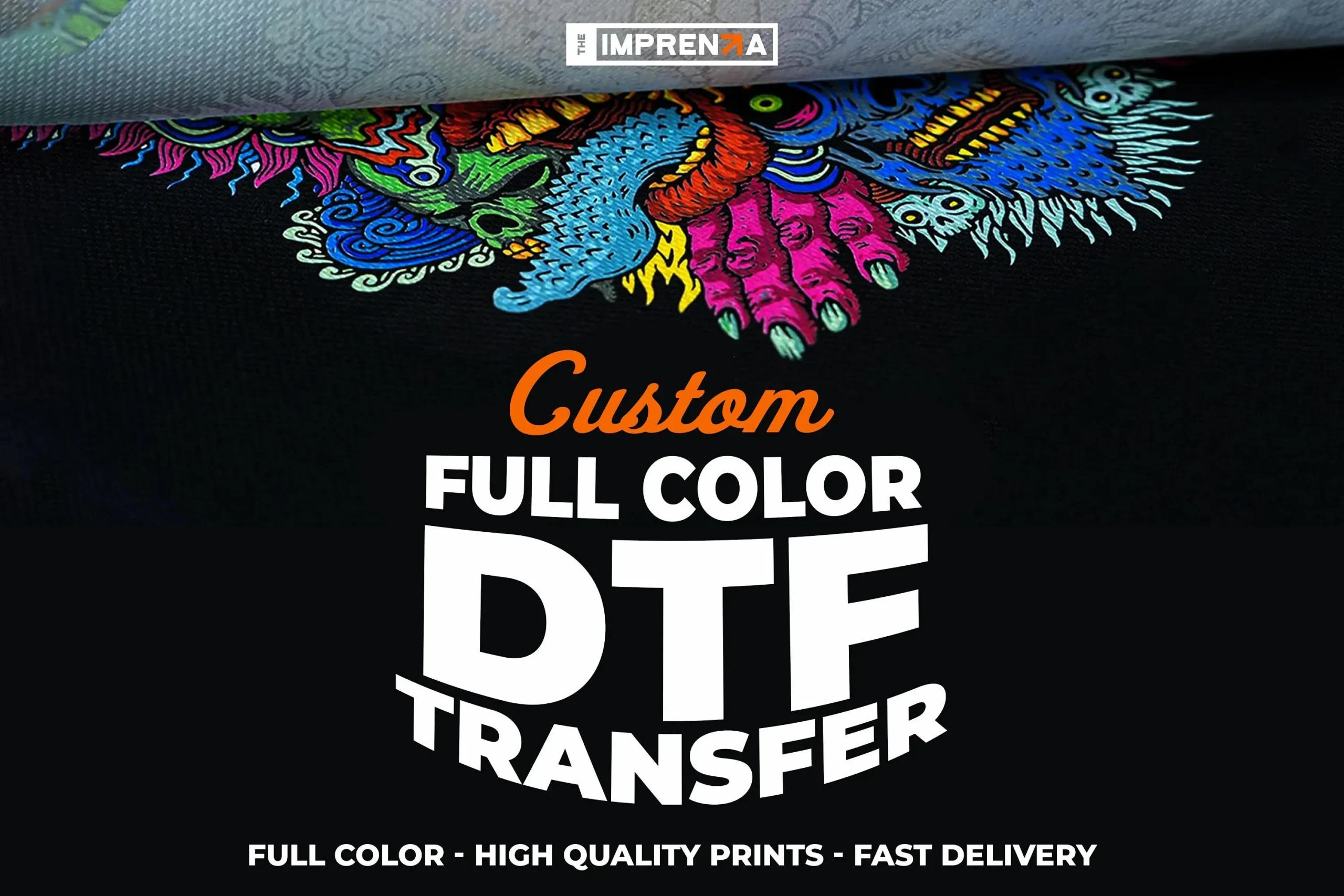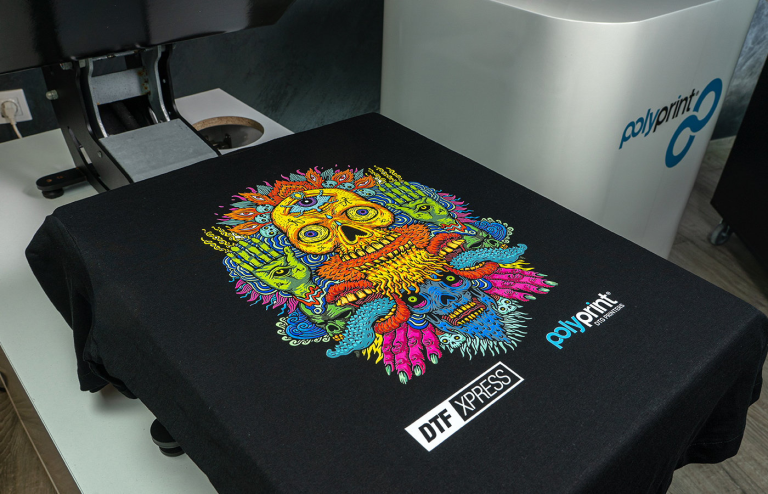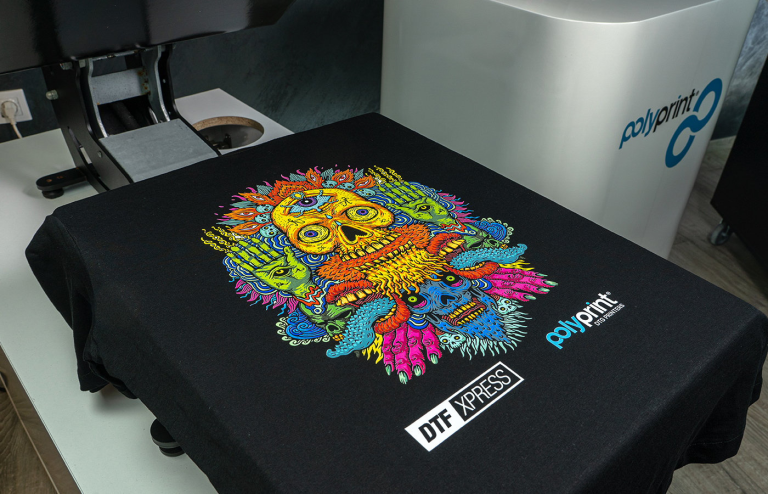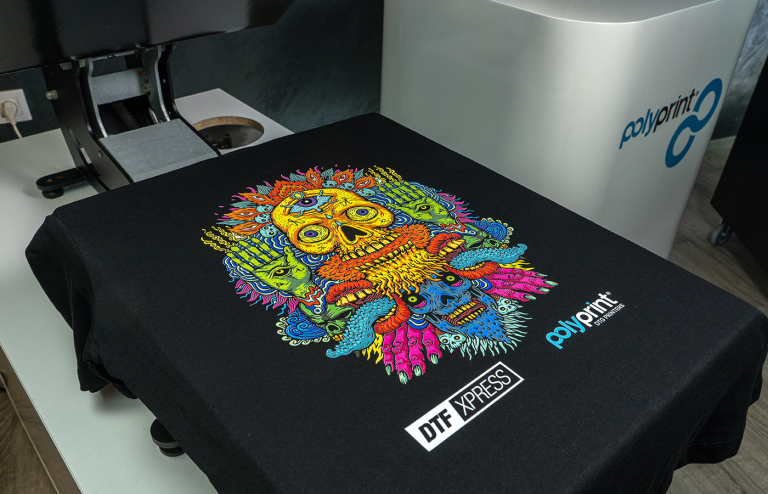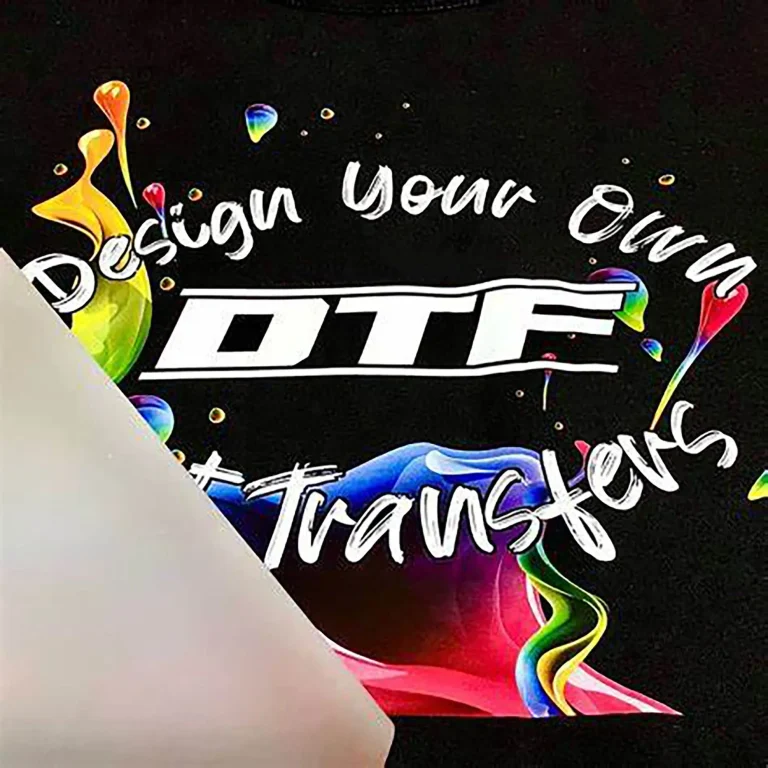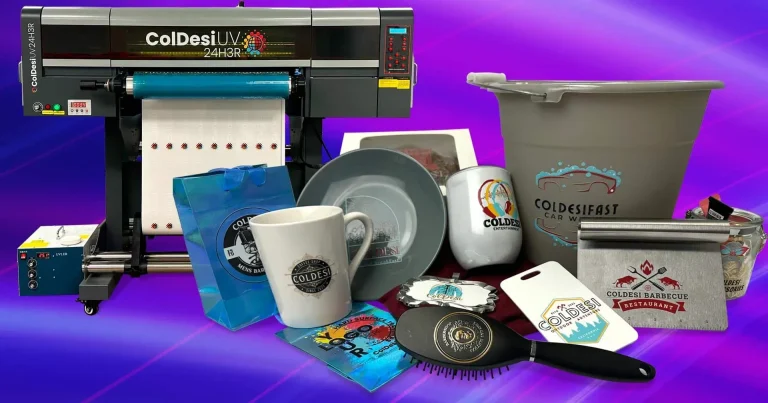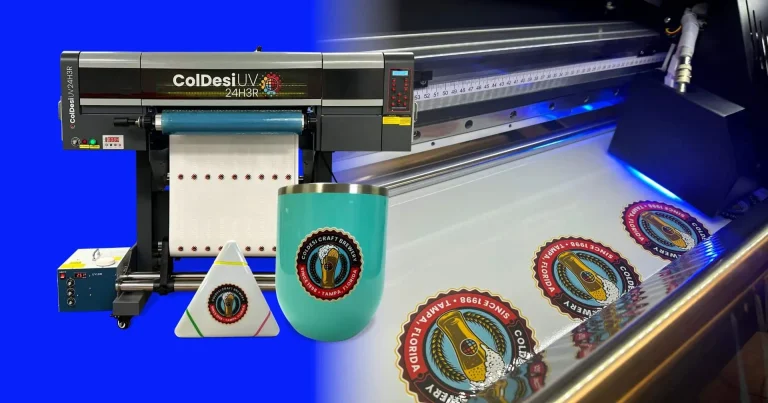DTF Transfers: A Beginner’s Guide to Tips and Tricks
DTF transfers, or Direct-to-Film transfers, are revolutionizing the world of custom apparel printing by allowing designers and businesses to easily transfer high-quality images onto fabrics. This innovative technique combines cutting-edge technology with simplicity, making it accessible for both beginners and professionals alike. As we explore the art of DTF printing, this guide will provide essential tips and advice to help you navigate the process smoothly. From the equipment you’ll need to accurate heat press transfers, each step is vital for achieving vibrant and durable designs. Whether you’re creating custom shirts for an event or starting a small business, understanding DTF transfers is your gateway to stunning apparel.
In the realm of fabric decoration, the term Direct-to-Film printing encompasses a method that empowers users to imprint intricate designs directly onto a specially formulated film, which is then applied to garments via heat. This printing technique is known for its ability to produce vivid colors and detailed graphics, making it a favorite among custom apparel enthusiasts. With helpful insights and practical procedures at your fingertips, this beginner DTF guide will unravel the nuances of effectively utilizing heat press transfers. By harnessing the capabilities of DTF technology, both hobbyists and entrepreneurs can elevate their custom apparel offerings effortlessly. As we delve deeper into the process, you’ll discover valuable DTF printing tips that will enhance your results and ensure long-lasting quality.
Introduction to DTF Transfers
Direct-to-Film (DTF) transfers have revolutionized the custom apparel industry, providing a seamless way to print vibrant and intricate images onto various fabrics. This technique utilizes a specialized film that captures high-resolution designs, making it particularly favored for its adaptability and impressive outcomes. Whether you’re personalizing t-shirts for a community event or starting a small business, understanding DTF transfers will empower you to produce professional-quality products quickly and effectively.
The hallmark of DTF printing is its ability to maintain the saturation and clarity of colors, which often surpasses traditional printing methods. With the ability to print on an array of materials like cotton, polyester, and blended fabrics, DTF transfers cater to diverse market needs, setting a new standard in custom apparel printing. Dive into this beginner’s guide to uncover essential tips and intricate details that will help you become proficient in this innovative transfer method.
Essential Equipment for DTF Transfers
To embark on your DTF journey successfully, it’s crucial to invest in the right equipment that will facilitate your printing process. A dedicated DTF printer is a must-have; opting for a model designed specifically for this purpose will significantly enhance your output quality and operational efficiency. Look for printers that support high DPI settings and color precision, which are vital for capturing the intricate details of your designs.
In addition to the printer, acquiring a reliable heat press machine is essential for transferring your designs onto fabrics. Invest in a model that offers adjustable temperature and pressure settings to adapt to various substrates. Moreover, the quality of your DTF film and adhesive powder can make or break your transfer quality; always choose reputable brands known for their durability and superior transfer clarity to ensure the longevity of your designs.
Preparation Tips for DTF Printing
Preparation is key in the DTF printing process. Begin by designing your artwork using professional graphic design software. Ensure your files are set at a resolution of 300 DPI to guarantee a sharp and vibrant print. A meticulous setup not only prepares you for printing but also minimizes the chances of encountering issues later in the process, thus fostering smoother operations and better results.
Furthermore, pay special attention to color management. Utilizing the right color profiles that correspond with your printer will significantly improve color accuracy and vibrancy. This aspect is crucial for achieving the desired outcome, particularly when dealing with intricate designs or branding. Hence, advance preparation in terms of design and color settings lays the foundation for a successful DTF transfer.
Optimizing Print Settings for Quality Output
Optimizing your print settings is vital in achieving the best results with DTF transfers. Always select the highest quality mode available on your printer—options like ‘Photo’ or ‘Best Quality’ can make a noticeable difference in the final output. Employing dual-layer printing technology or using specialized inks can also enhance the vibrancy and depth of your designs, ensuring that your printed graphics jump off the fabric.
In addition to selecting the right print mode, closely monitoring your printer’s maintenance and settings is essential. Regularly clean the print heads and check the ink levels to avoid issues that can compromise your print quality. By adhering to optimal settings and maintaining your equipment, you’ll deliver high-quality transfers that meet or exceed professional standards.
Common Mistakes to Avoid in DTF Transfers
As a beginner in DTF transfers, being aware of common pitfalls can dramatically enhance your chances for success. One major mistake is improper substrate preparation; ensuring that your fabrics are clean and free from any oils or residues is paramount for achieving good adhesion. Skipping this step can lead to poor transfer outcomes, negating the hard work put into design and setup.
Another frequently overlooked aspect is the curing process; skipping or rushing this vital step can weaken the bond between the adhesive and the transfer film. Additionally, it’s crucial to ensure your heat press is set to the correct temperature—underheating can result in peeling designs, while overheating can damage the fabric or the transfer. By being informed about these mistakes, you can enhance the overall quality of your products.
The Future of DTF Printing
The DTF printing landscape is evolving rapidly with advancements aimed at sustainability and efficiency. As environmental awareness continues to rise, many manufacturers are investing in biodegradable films and eco-friendly inks, which not only reduce waste but also cater to environmentally conscious consumers. Staying updated on these trends is essential for small business owners wishing to gain a competitive edge in the custom printing market.
Furthermore, technology in DTF printing is poised for exciting developments. Innovations such as ink formulations that improve wash durability and color vividness are becoming more common. For those serious about entering this space, keeping abreast of these advancements will not only enhance the quality of their designs but also position them as forward-thinking players in the custom apparel industry.
Frequently Asked Questions
What are DTF transfers and how do they work?
DTF transfers, or Direct-to-Film transfers, involve printing high-quality designs onto a special film that is then heat-pressed onto various fabrics. This process allows for vibrant colors and intricate details, making it an excellent choice for custom apparel printing.
What are the essential equipment needed for DTF printing?
To successfully execute DTF printing, you will need a DTF printer, a reliable heat press machine, high-quality DTF film, and adhesive powder. These tools ensure efficient and effective DTF transfers, resulting in professional looking prints on apparel.
What are some helpful DTF printing tips for beginners?
Beginner DTF tips include preparing your design files at a resolution of 300 DPI, using the right printer settings for best results, and ensuring proper adhesive application and curing. Following these guidelines aids in achieving vibrant and durable designs.
How can I optimize print settings for DTF transfers?
To optimize print settings for DTF transfers, always select the ‘Photo’ or ‘Best Quality’ mode on your printer. This approach ensures high-resolution output, enhancing the vibrancy and depth of your designs.
What should I know about the heat press transfer process for DTF printing?
During the heat press transfer process for DTF printing, set your heat press to about 320°F and press for approximately 15-20 seconds, depending on the fabric type. Proper temperature and timing are crucial for achieving a successful and lasting transfer.
What common mistakes should I avoid with DTF transfers?
Common mistakes to avoid include not properly preparing the substrate, ignoring temperature settings, and skipping the curing step. Each of these can lead to poor transfer quality and durability issues with your DTF prints.
| Key Points | Details |
|---|---|
| What are DTF Transfers? | Direct-to-Film (DTF) transfers print designs on a special film, transferring vibrant images onto various fabrics. |
| Understanding the DTF Process | Involves five steps: design creation, printing, adhesive application, curing, and heat transfer. |
| Essential Equipment | Includes a DTF printer, heat press machine, DTF film, and adhesive powder for quality transfers. |
| Preparation Tips | Set design files at 300 DPI and use correct color profiles to ensure accurate color reproduction. |
| Optimizing Print Settings | Select the highest quality mode for printing, use dual-layer printing for enhanced image vibrancy. |
| Common Mistakes to Avoid | Avoid improper substrate preparation, temperature issues, and skipping the curing step for best results. |
| Future Trends | Watch for innovations in ink formulations and eco-friendly practices in the DTF industry. |
Summary
DTF Transfers provide a revolutionary method for customizing apparel, allowing users to easily transfer intricate designs onto various fabric types. This beginner’s guide outlines the essential equipment needed, the detailed DTF process, and valuable tips for ensuring quality results. By understanding the nuances of design preparation, print settings, and common pitfalls, both newcomers and experienced operators can achieve vibrant, long-lasting prints. As the DTF printing technology continues to evolve, staying informed about the latest trends and best practices will be crucial for those looking to excel in the realms of custom apparel and graphic design.

